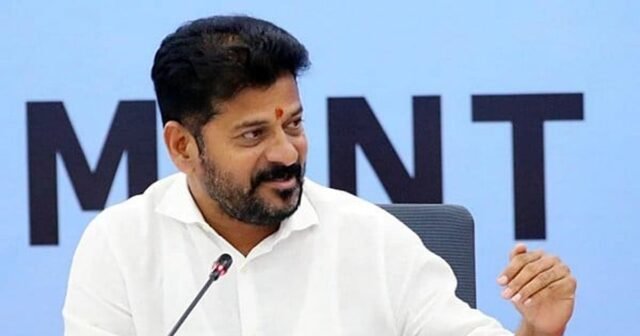HYDERABAD: Chief Minister A Revanth Reddy on Saturday proposed the formation of a national-level task force, under the leadership of the Prime Minister and chief ministers of key states, to harness the potential of India’s major cities—Mumbai, Bengaluru, Kolkata, Chennai and Hyderabad.
Speaking at the 10th Governing Council meeting of NITI Aayog in Delhi, Revanth said the task force should focus on comprehensive urban development, infrastructure enhancement, investment strategies and governance reforms specific to these cities. Revanth said that a dedicated and coordinated approach could drive national economic growth, create millions of jobs and improve India’s standing in the global urban economy.
“It’s imperative to recognise the economic significance of India’s top six metropolitan cities—Mumbai, Delhi, Bengaluru, Kolkata, Chennai and Hyderabad. These cities account for a substantial share of India’s urban GDP and are pivotal to economic growth, innovation and employment,” he said. “For instance, Mumbai and Delhi contribute 25.8 lakh crore and 24.5 lakh crore respectively, while Hyderabad, despite its smaller size, already accounts for nearly 2.5% of national GDP,” the chief minister stated.
Looking ahead to the centenary of Indian Independence in 2047, Revanth said the goal of becoming a “Viksit Bharat” with a USD 30 trillion economy was attainable. He added, “Telangana is determined to play a leading role. The state envisions contributing 8% to the national GDP by 2047 as a ‘Viksit Rajya’.”
On the issue of caste census, Revanth said Telangana was willing to assist the Union government by sharing its methodology, institutional learnings and experience. “Our proactive approach has helped shape this transformative national agenda,” he said.
Speaking about Telangana’s urban development plans, the chief minister highlighted the Hyderabad Green Pharma City—also referred to as Future City—as India’s first Net-Zero Greenfield Smart City.
Spread over 14,000 acres, the city is planned as a multi-sectoral urban-industrial hub based on the “Work, Live, Learn, and Play” model.
It is expected to accommodate 15 lakh residents and provide employment to 7.5 lakh people.







